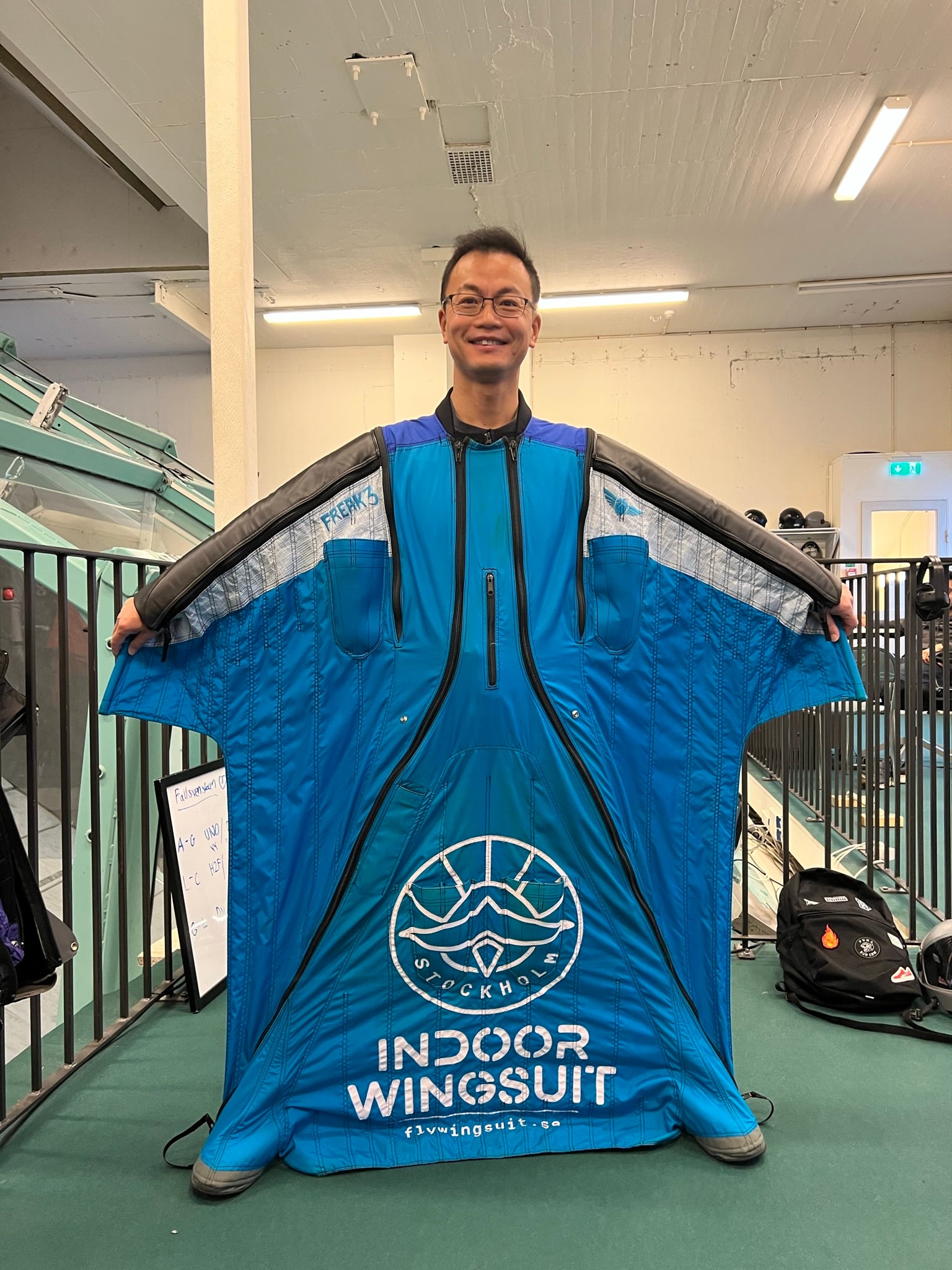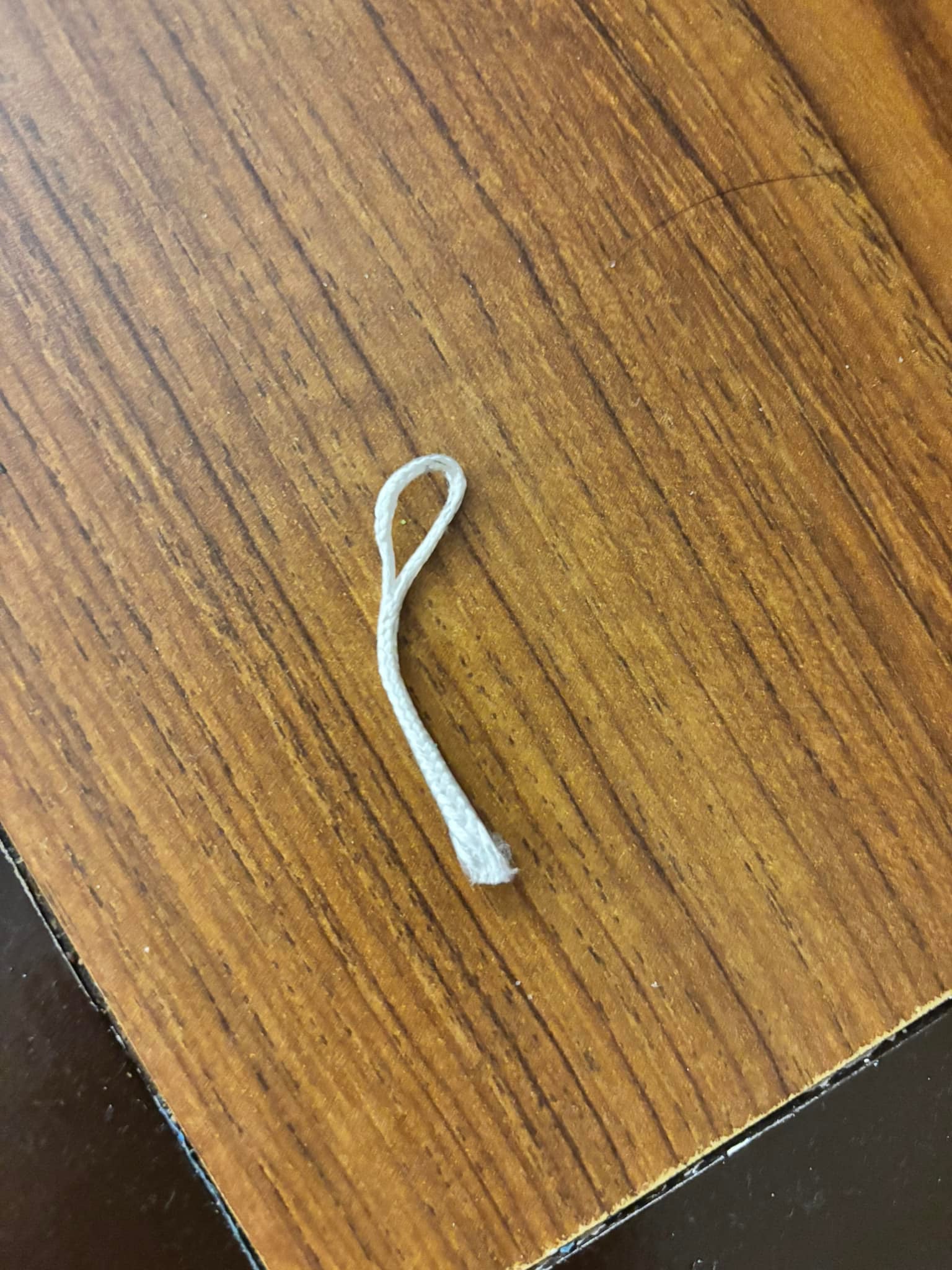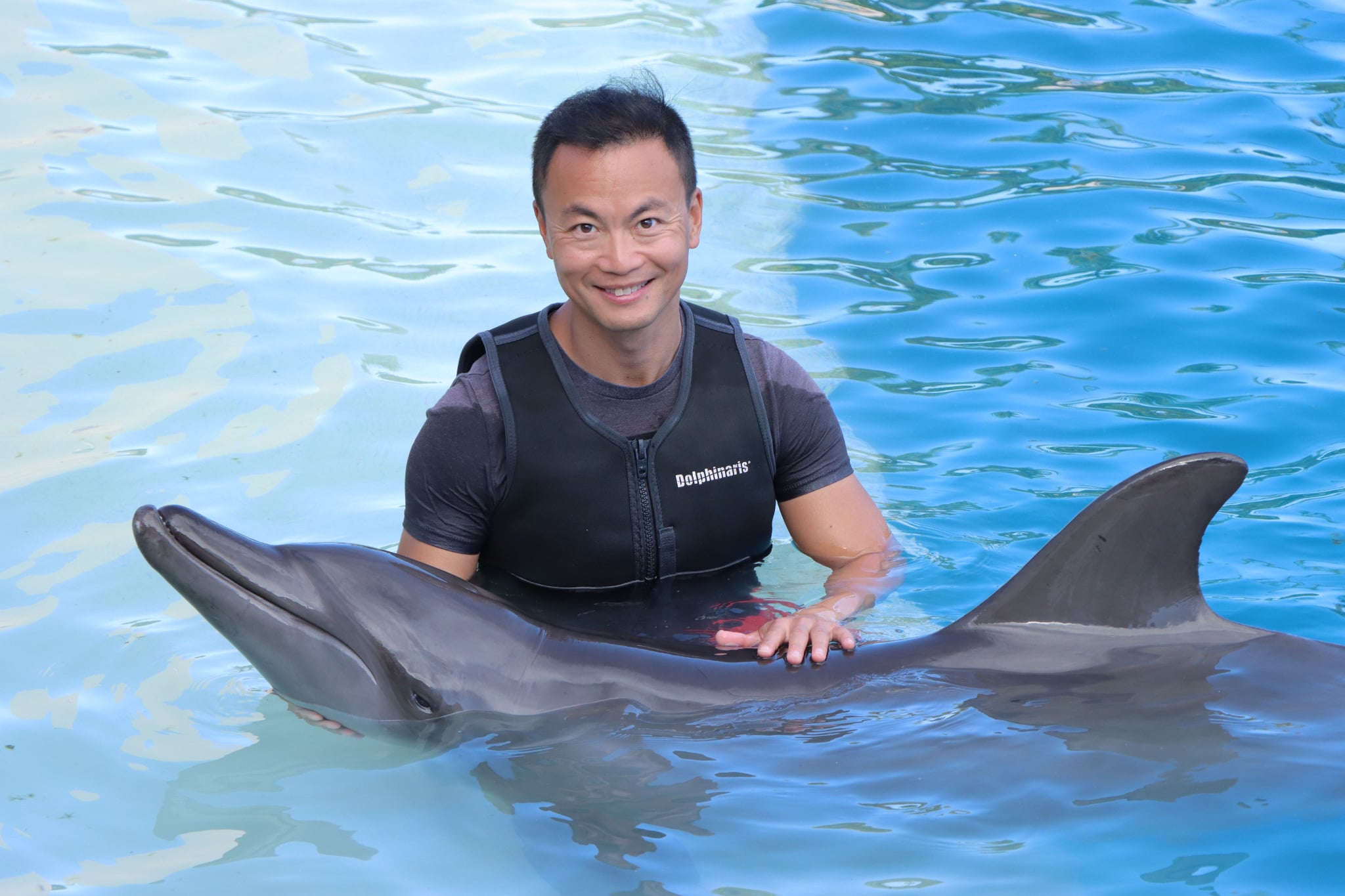
The Day CYPRES Saved My Life… with Jack Wang
Wednesday, May 7, 2025
- Joel Strickland
- 5/07/25
- 0
- Education and training, Saves
Driving from California to Florida is a long journey, especially with a young family in tow. Amidst the road trip, hotel stays, and endless driving, I had also planned a detour to Z-Hills for a wingsuit jump. Finding time for skydiving while managing family commitments is never easy, but I was determined to make it happen.
When I finally arrived at the drop zone, I was met with frustration-thick clouds covered the sky. Unusual for Florida, the poor visibility forced us to wait for hours before jumping. Despite having over a thousand wingsuit jumps under my belt, I still felt a sense of nervousness. The unfamiliarity of the area, coupled with the cloudy conditions and the fact that I was doing a two-way jump with an experienced local, heightened my awareness of the risks involved. Understanding the variables of each jump is crucial, and while conditions were less than ideal, I assessed that they were manageable enough to proceed.

Skill and Experience
I enjoy executing complex transitions during jumps, but in a large, high-performance wingsuit, this can be physically demanding, especially on the arms and shoulders. I train to stay in good shape and have extensive experience with fast dives and flares. Additionally, my time in indoor wingsuit flying has helped refine my control. However, this particular jump presented additional challenges. We entered a thick cloud layer at around 6,000 feet and didn’t regain visibility of the ground until under 3,000 feet. I was flying a Creature 2-a powerful wingsuit-and had opted to use the performance foam inserts along the leading edge of the arms. While modern wingsuits offer various performance-enhancing features, these additions significantly increase the physical demands of flying. Even with experience and currency, executing a dynamic and physically intensive jump remains a strenuous task.

Factors
When entering a cloud during a multi-way jump, the best approach is to maintain a steady, predictable flight path until visibility is restored. From 6,000 feet down to 3,000 feet, I refrained from transitions, focusing instead on stable flight. At 3,000 feet, I initiated my flare before deployment – a manoeuvre that, while low, remained within acceptable limits. By this point, however, my arms were numb from fatigue. A combination of factors, an intricate jump plan, the demanding gear setup, the tension from the weather conditions, and overall exhaustion had placed me in a precarious situation.
A few additional factors contributed to my difficulties. I frequently switch between different gear setups, and on this particular jump, I was less focused than usual. Having multiple rigs and wingsuits is great for versatility, but each requires careful consideration. My go-to suit is a Freak – a more agile and slightly less demanding design, but for this jump, I had opted for the larger Creature with performance foam, which undoubtedly contributed to my arm fatigue. Adding to the distraction, there had been a medical emergency on the ground for another wingsuiter next to me just before our jump. While I was not directly involved, the incident lingered in my mind, diverting some of my attention from the jump at hand.

Task Load
As I reached back for my pilot chute handle, my fatigue became apparent – I simply couldn’t get to it. The combination of my shortest rig and the resistance from my powerful wingsuit made it a struggle. Realizing I was already low, I initiated emergency procedures at around 2,300 feet. However, due to exhaustion and urgency, my execution was imprecise. I ended up head-down and spinning, further complicating my ability to reach my reserve handle. Fighting against the resistance of the wings, I finally managed to reach it-only to later realise that my CYPRES AAD had fired first.

Saved!
Afterwards, I faced another dilemma: I didn’t want to drive all the way back to California with my rig disassembled. I asked a rigger if he could repack it on short notice, but he informed me that since my CYPRES had activated, the cutter needed replacement. He also suggested reaching out to the manufacturer, as sharing my experience might qualify me for a free replacement. CYPRES truly stands behind their product, and this experience reinforced my appreciation for its reliability. While I did manage to deploy my reserve, it’s difficult to say whether I would have been in time without the AAD. What I do know is that I’m incredibly grateful to have had it.
Adventure, Tips, and Adrenaline
Subscribe to Our Newsletter
By signing up for our newsletter you declare to agree with our privacy policy.

